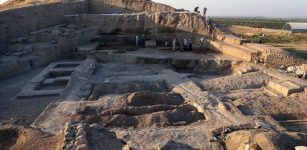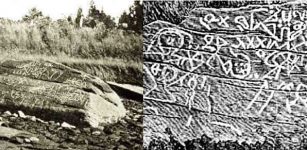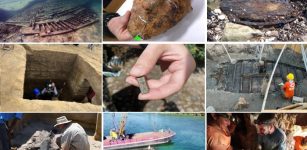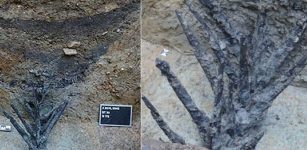Keeladi, India: Ancient Residents Along Vaigai River Had Adopted Highly Progressive Technologies
Conny Waters - AncientPages.com - Keezhadi (or Keeladi) is today an important archaeological site, located on the banks of the Vaigai River near the southern tip of India. Once in the past, Keezhadi, was an urban settlement of Sangam Age on the Banks of River Vaigai’.
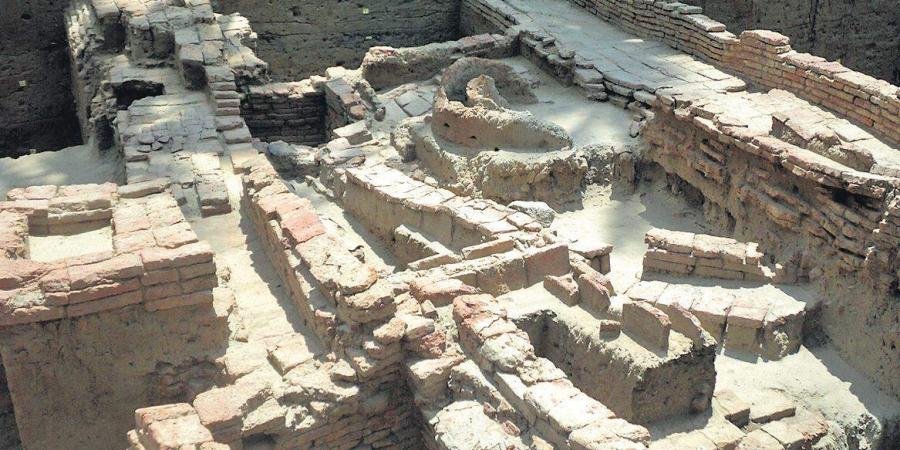 Digging ring wells at Keezhadi excavation site. Image credit: EPS
Digging ring wells at Keezhadi excavation site. Image credit: EPS
This ancient site, located 12 km southeast of Madurai in Tamil Nadu, near the town of Keezhadi in Sivagangai district - is a Sangam period settlement that is being excavated by the Archaeological Survey of India (ASI) and the Tamil Nadu Archaeology Department for some years.
The five phases of excavations have dated that the antiquities unearthed at the site from the 5th century BC to the 3rd century CE.
During the recent season of excavations at the site, archaeologists found that the ancient inhabitants of Keeladi might have had access to “semi-precious stones like agate and carnelian from lands as distant as present-day Maharashtra and Gujarat to make beads,” said R. Sivanandam, Deputy Director of the Tamil Nadu state archaeology department, as cited by New Indian Express.
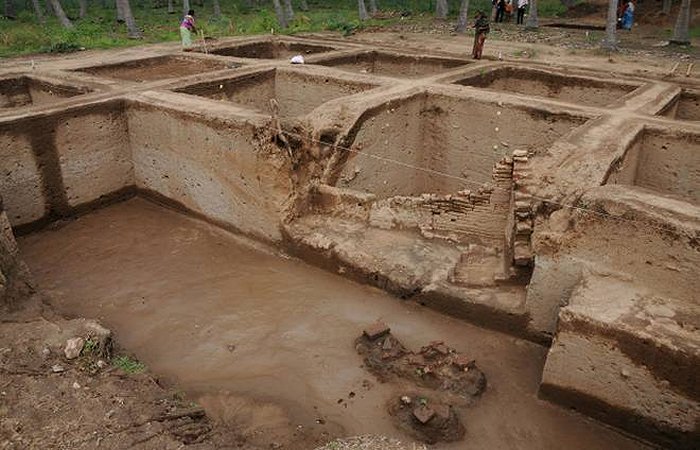 From earlier excavations - Ancient brick structure found at the ASI's excavation site at Keezhadi. Photo: R. Ashok
From earlier excavations - Ancient brick structure found at the ASI's excavation site at Keezhadi. Photo: R. Ashok
He said that such beads have been unearthed from the Keezhadi archaeological site, adding that “a terracotta seal was found from the location where weighing stones had been unearthed earlier. The hand-made seal is in the shape of a coin and has two holes on each side.”
“It has the figure of a tortoise on it, and could have been used for stamping,” This seal strengthens the assumption that industrial activity existed in Keezhadi in the ancient times.”
See also:
Excavations In Keezhadi, Tamil Nadu, India Shed Light On Life During Sangam Age
Keezhadi Excavations Reveal: Tamil-Brahmi Script Older Than Previously Thought
Keeladi Excavations Reveal Unique 2,000-Year-Old Terracotta Pipelines, Open Water Channel
Evidence Of Sangam Age Settlement Unearthed At Nangur, Tamil Nadu
During excavations carried out at Kondagai, Manalur, and Agaram (also associated with this region) the team found forty burial urns, one pit burial, and sixteen surface burials have been identified at the site so far.
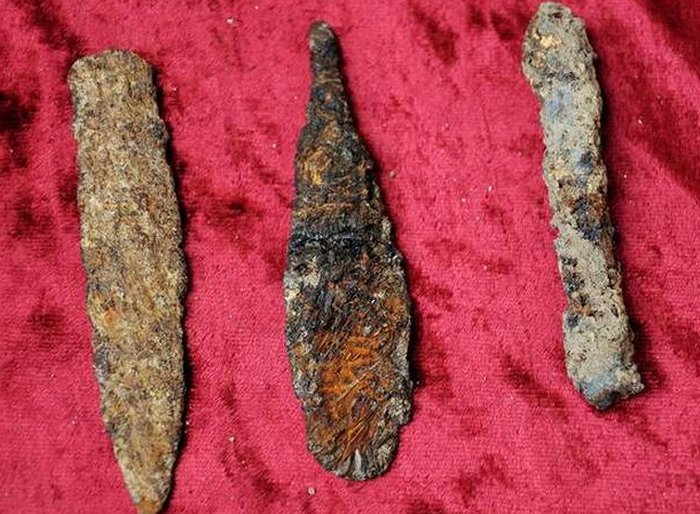 In 2017, archaeologists unearthed 5,800 artifacts at the site of Keezhadi after two years of digging. Photo Credit: R. Ashok
In 2017, archaeologists unearthed 5,800 artifacts at the site of Keezhadi after two years of digging. Photo Credit: R. Ashok
R Sivanandam also mentioned a smoking pipe was unearthed in Agaram and the skeletons unearthed from the site, all had their skulls facing north.
During the earlier season of the Keeladi excavations, the archaeologists unearthed the trenches that contain parts of homes like brick walls, wells, storages, and mud vaults, pottery of various kinds and purposes and shells, glass, beads, rusted old coins, weapons and small tools made of bones and iron, embedded in layers of soil.
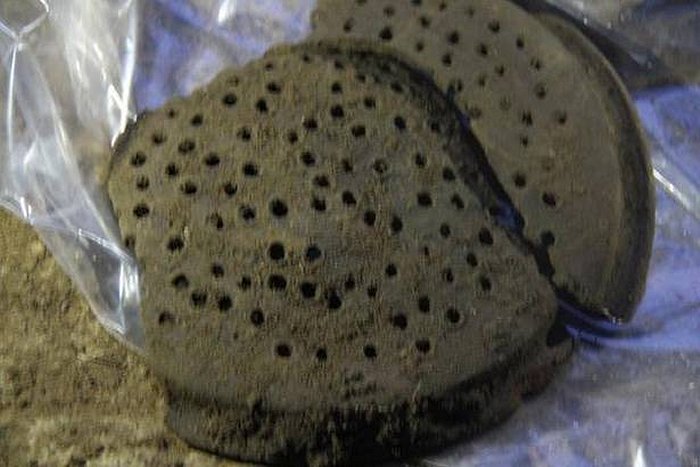 A perforated lid of a terracotta pipeline that could have been used as a filtering device, found during 5th phase of excavation at Keeladi. Photo Credit: ma23Keeladi (via The Hindu)
A perforated lid of a terracotta pipeline that could have been used as a filtering device, found during 5th phase of excavation at Keeladi. Photo Credit: ma23Keeladi (via The Hindu)
Among other remarkable finds were also two terracotta pipes found horizontally one upon another has been unearthed at Keeladi (Keezhadi), an excavation site where archaeologists recently concluded the fifth phase of excavations.
The pipes are considered unique among all terracotta pipes found at other excavation sites in Tamil Nadu, researchers say. Also, the 5th excavation has yielded a terracotta structure with a few projections of the rim portion at a regular gap of 6 cm. The structure was found at a depth of 0.47 meters.
Additionally, archaeologists reported the unearthing of roofing tiles arranged vertically at a depth of 0.52 meters. Further, it revealed that the terracotta structure was a series of 10 terracotta pipes that were firmly fitted one into another to form a pipeline.
It is believed the pipeline could have been used for carrying protected water’.
According to researchers, 'different types of water channels, brick construction, evidence of trade relations with other domestic and foreign places, sign and letter usages only revealed that the civilization along the Vaigai river was advanced and had adopted highly progressive technologies.
Written by Conny Waters - AncientPages.com Staff Writer



